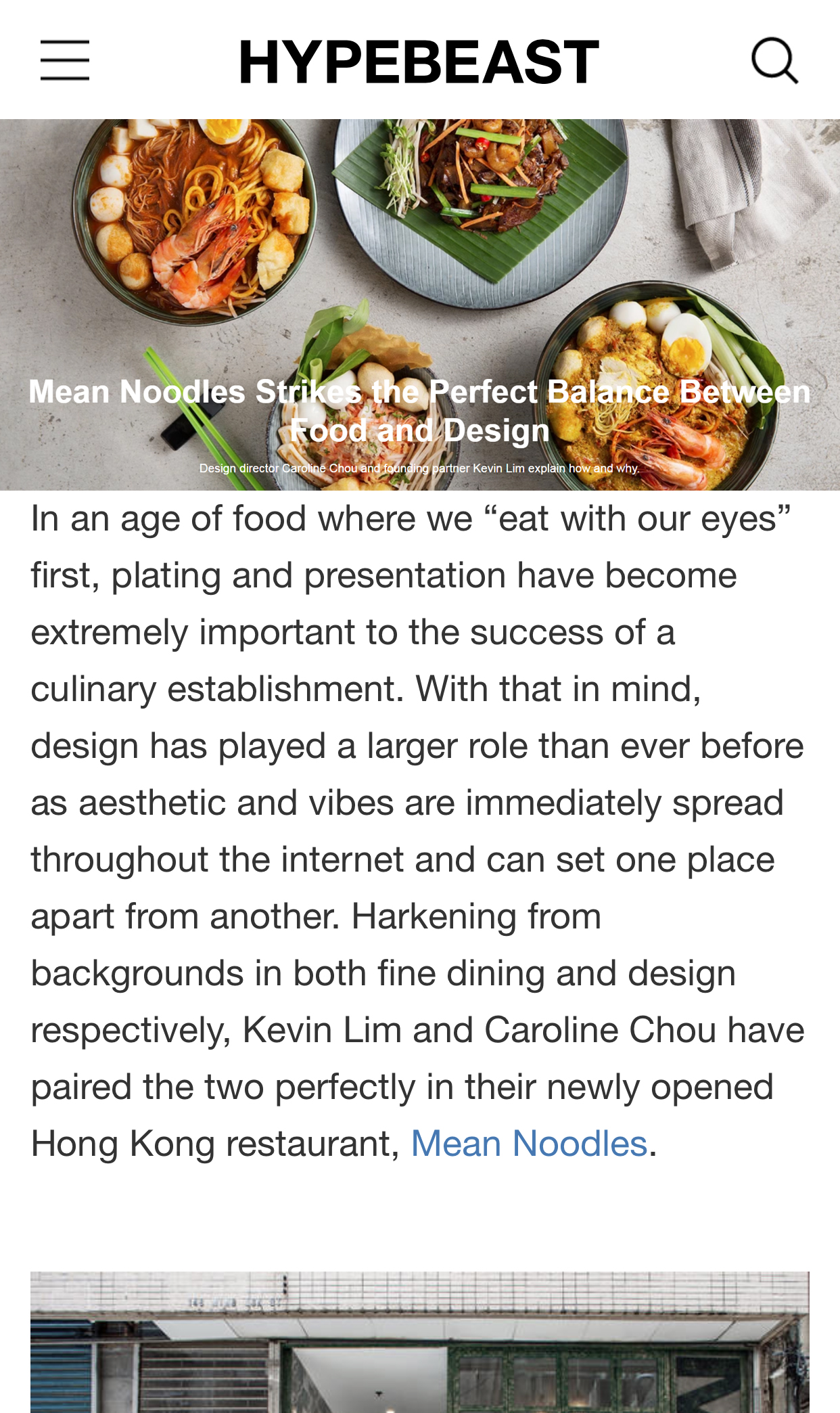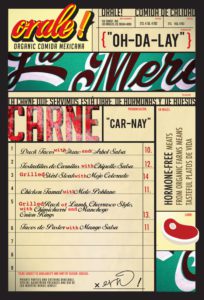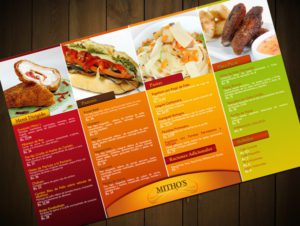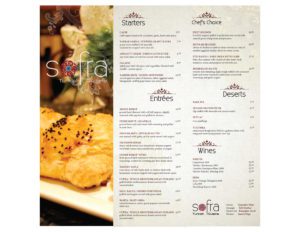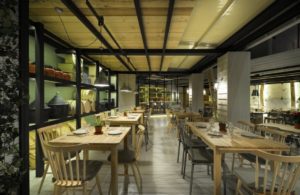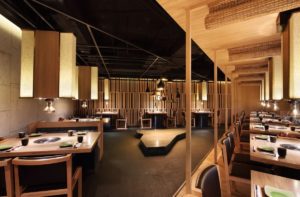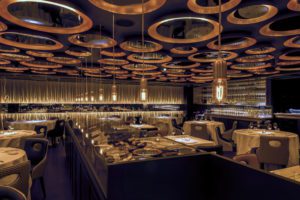Restaurants around the globe each attempt to create a unique dining experience, differentiating themselves from their competition in many ways. However, the typology and overall concept of your restaurant are what drives a specific audience to your establishment, especially when they know that they’ll be met with the service and best-in-class cuisine that they expect.
The interior space of your restaurant is tied directly to the type of restaurant that you own. From how a server acts to what a customer plans to wear to your restaurant all depend on the predetermined typography of your restaurant. There are varying types of service that distinguishes your restaurant, such as:
High-End Fine Dining
In a fine dining restaurant, many people go for the overall experience just as much as they do the high-quality cuisine. Find dining establishments are set apart by their attention to detail and impeccable service. Often, these restaurants will have moody lighting that creates an intimate table experience, paired with high-quality service tailored to the customer’s immediate needs. For example, servers in high-end dining restaurants will be well-trained in proper decorum and know the answers to customer’s menu questions.
When it comes to design in high-end restaurant typology, there is often a distinct style, aesthetically pleasing fixtures, and a beautifully set dining area to provide customers with a luxurious restaurant experience.
Casual Dining Establishments
Casual restaurants are meant to help individual diners and families alike enjoy their meal in a relaxed setting. In casual dining restaurants, customers will often be allowed to walk-in and wait for a table without a reservation required, hence the “casual” title. These restaurants often have more set menu options for the convenience of the chefs and guests alike.
Design-wise, casual restaurants will often play music that aligns with the overall concept of the restaurant, while the design can be themed, cozy, or eclectic. The servers will be well-educated on their menu and take time to check-in during the dining experience.
Fast Food Restaurants
Most of us are familiar with fast food restaurants in some capacity. However, proper concept design and branding are key to making these establishments profitable, meaning that every detail has been carefully designed to increase sales and optimize the cooking process.
Bright colors work best in these restaurants, while the layout of the restaurant itself is quite flexible. Fast food restaurants can be stand-alone buildings, kiosks in malls, or even be held in food trucks.
People go to these restaurants for convenience, often expecting a simple dining area. Anna Samygina points out that the furniture may be created to be uncomfortable on purpose to deter customers from loitering once they’ve eaten their food.
No matter the type of concept you choose, the right restaurant type for you is the one that best reflects your location, values, and the needs of your target audience. We can help you cultivate your restaurant concept and design, so contact us today for more information.

